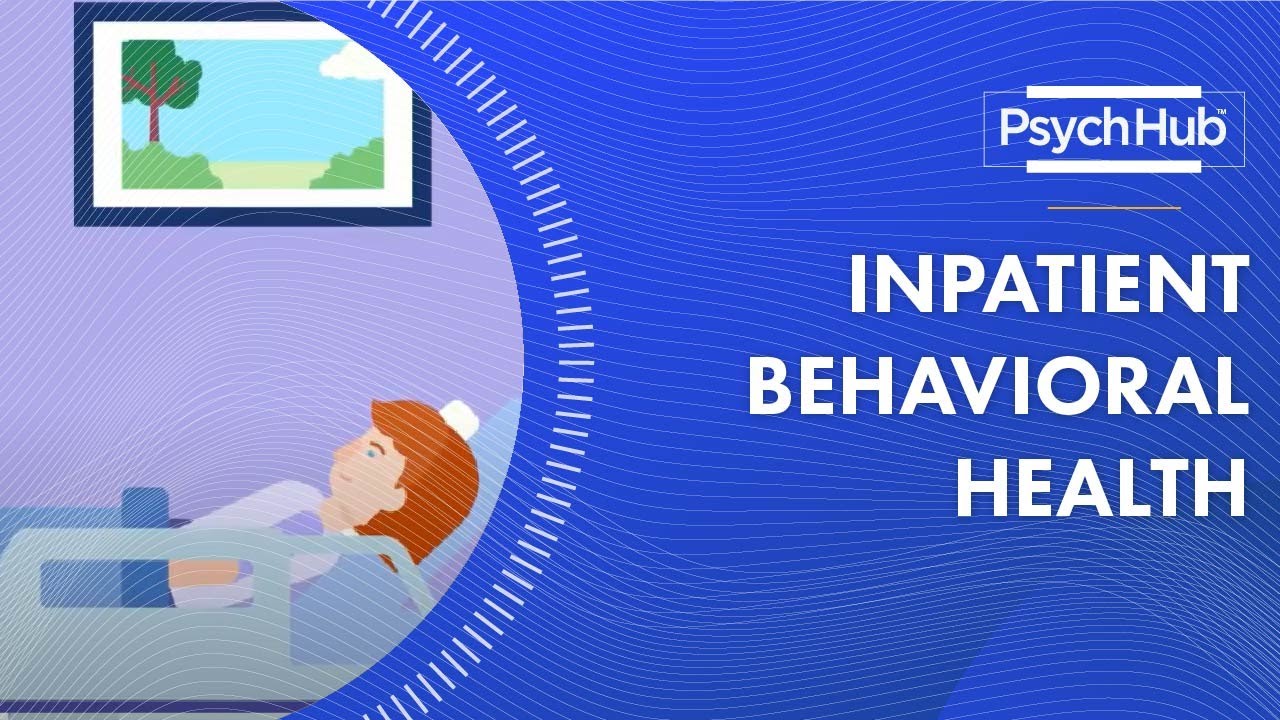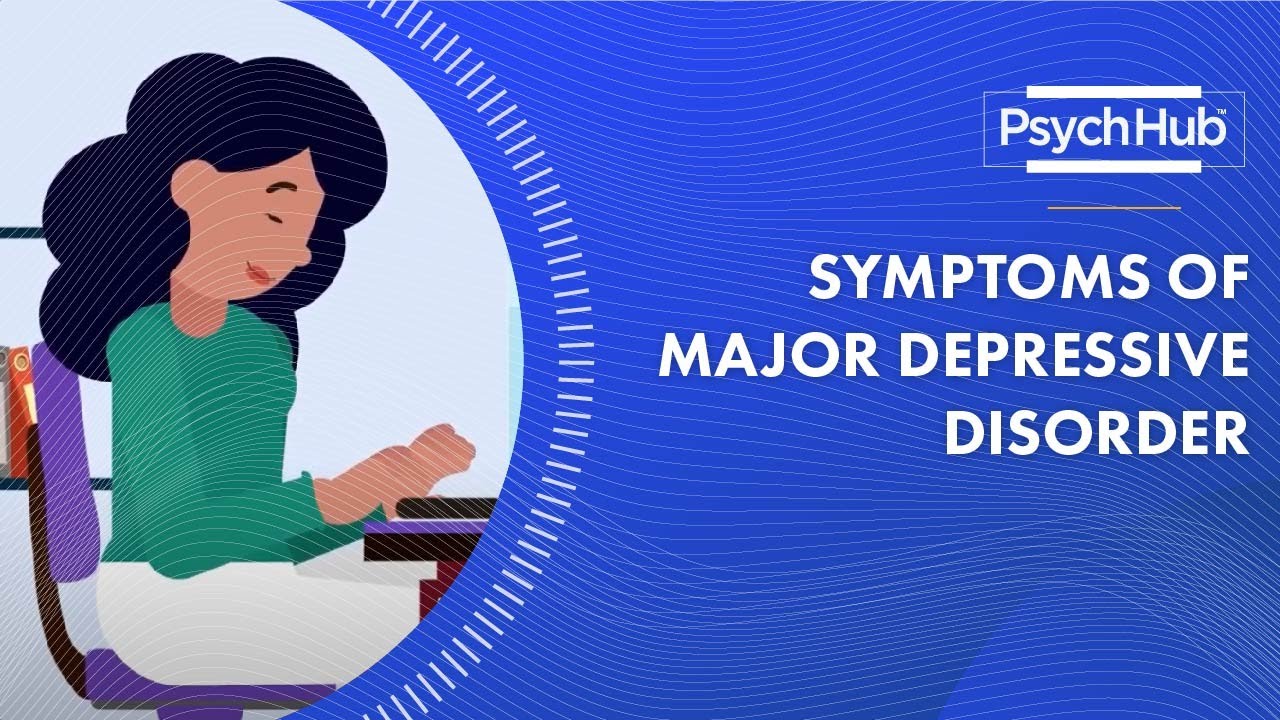Have you ever wondered if there could be a non-invasive way to alleviate physical pain, a method that doesn’t involve reaching for the nearest bottle of painkillers? Recent research suggests that mindfulness meditation, an age-old practice, might be the answer.
Understanding the Role of Mindfulness Meditation in Pain Relief
Mindfulness meditation, rooted in ancient Hindu and Buddhist traditions, has been recognized as a transformative practice for mental well-being for centuries. But what if its implications go beyond just calming the mind to actually relieving physical pain?
The Science Behind Mindfulness Meditation
Mindfulness meditation involves deliberately focusing attention on the present moment without judgment. As you cultivate awareness of your thoughts, emotions, and physical sensations, you learn how to respond to stress constructively. According to the American Psychological Association, mindfulness aids in avoiding automatic and potentially harmful habits, fostering a state of calm concentration.
Historical Context and Modern Applications
Dating back to ancient civilizations, mindfulness meditation was primarily a spiritual practice. Today, it has been adapted to suit contemporary needs. With growing interest in holistic health, mindfulness is now recognized as a viable method for improving various aspects of health, including lowering blood pressure and mitigating the effects of anxiety and burnout.
The Study: Investigating Mindfulness and Pain
A groundbreaking study may help shift our understanding of pain management. Conducted by a team led by anesthesiologist Fadel Zeidan and neuroscientist Gabriel Riegner at the University of California San Diego (UCSD), the research explored how mindfulness could alter the pain experience.
Methodology and Participant Engagement
The study brought together 115 participants across two distinct clinical trials. Participants were exposed to a controlled environment where a heated probe applied waves of painful yet non-threatening heat to their right calf. This experimental setup was designed to trigger manageable pain while allowing for clear assessment.
Participants were divided into different groups, each receiving varying types of interventions:
-
Mindfulness Meditation Training: This group underwent four sessions of guided mindfulness exercises, focusing on breathing patterns and acknowledging thoughts and feelings without reaction.
-
Sham Training: These participants engaged only in deep breathing exercises.
-
Placebo Cream Application: Participants used a cream they were told would reduce pain.
-
Audiobook Listening: Some participants listened to audiobooks, serving as a control group for meditation instructions.
Analyzing Pain through MRI and Self-Reports
MRI brain scans taken before and after the experiment played a pivotal role in determining the study’s insights. Participants were also asked to gauge their pain on a standardized zero to ten scale. The MRI scans revealed three main pain signatures:
- Nociceptive-Specific Pain Signature (NPS): Reflects pain intensity.
- Negative Affective Pain Signature (NAPS): Represents the emotional dimension of pain.
- Stimulus-Independent Pain Signature (SIIPS-1): Associated with pain expectations.
Through these metrics, researchers observed marked reductions in NPS and NAPS among those who practiced mindfulness meditation, compared to placebo and other participants. Interestingly, the placebo cream group showed significant changes in SIIPS-1, suggesting that mindfulness meditation’s efficacy might stem from factors beyond placebo effects.

Implications of the Findings
The research findings present a compelling case for integrating mindfulness meditation into mainstream pain management strategies. By illuminating the connection between cognitive processes and pain perception, we can develop non-pharmacological interventions that empower individuals to manage their own pain.
Beyond the Placebo Effect
It’s significant that mindfulness meditation didn’t significantly influence SIIPS-1 (pain expectation), unlike the placebo cream. This suggests that the reduction in perceived pain through mindfulness may be attributed to physiological changes rather than mere placebo.
Expanding Health Benefits
The study reinforces the comprehensive health benefits of meditation, widening its scope as not just a mental exercise but a mode of physical healing. These results resonate with previous findings about meditation’s role in enhancing overall health, intensifying orgasms, and strengthening social connections.
The Power of the Mind in Pain Management
Understanding pain as an interplay between past experiences, current mental states, and expectations offers a transformative perspective. The findings from the UCSD study highlight the incredible potential of harnessing mental faculties for pain management.
Practical Applications in Daily Life
Incorporating meditation into daily life doesn’t require a significant overhaul. With accessible resources and guided sessions available, even novice practitioners can begin to experience the benefits. A mere 20 minutes of daily mindfulness meditation can cultivate a more resilient mind, capable of constructing a buffer against the physical sensations of pain.
Industries and Occupational Settings
Implementing mindfulness in professional settings not only mitigates workplace stress but may also reduce physical complaints among employees. Given these findings, businesses could consider introducing mindfulness sessions as a tool for enhancing employee well-being and productivity.

Getting Started with Mindfulness Meditation
For those interested in exploring how mindfulness can enhance their life, a few essential steps can set you on the right path.
Basic Practices for Beginners
-
Start with Breath Awareness: Focus on your inhalation and exhalation, and use the breath as an anchor to return to when the mind wanders.
-
Progressive Muscle Relaxation: By tensing and releasing muscles, you can become more aware of physical sensations without judgment.
-
Guided Meditations: Engage with apps or online resources that offer structured mindfulness sessions tailored toward different goals, such as pain relief or stress reduction.
Building a Routine
Consistency fosters results. Establishing a regular meditation schedule — even just a few minutes each day — can provide lasting benefits. Create a peaceful environment for your practice to enhance focus and relaxation.
Seeking Community and Support
Mindfulness retreats, workshops, and online forums connect you with like-minded individuals, providing a supportive community. Sharing experiences and insights with others can enhance your practice and motivate consistent engagement.
Conclusion: Embracing Mindfulness for a Pain-Free Future
The intriguing findings from this recent study open the door to a paradigm shift in how pain management is approached. By tapping into the profound capabilities of the human mind, mindfulness meditation offers an affordable, accessible, and efficient alternative to conventional pain relief.
As you integrate mindfulness into your daily routine, you can expect to cultivate resilience against stressors that exacerbate pain. This practice not only encourages a healthier mind-body connection but also empowers you with tools to navigate pain more effectively.
In a world inclined towards quick fixes and instant gratification, embracing mindfulness meditation not only holds promise for pain relief but also fosters a deeper, more harmonious engagement with life. Could this be a key to living not just longer but better? The answer lies in your own willingness to explore your mind’s untapped potential.




